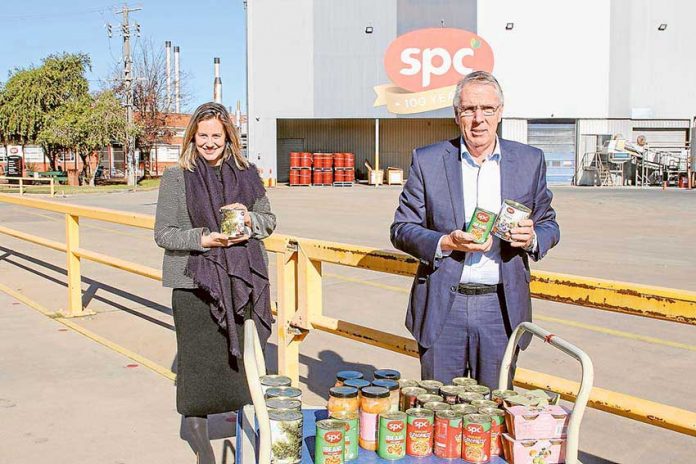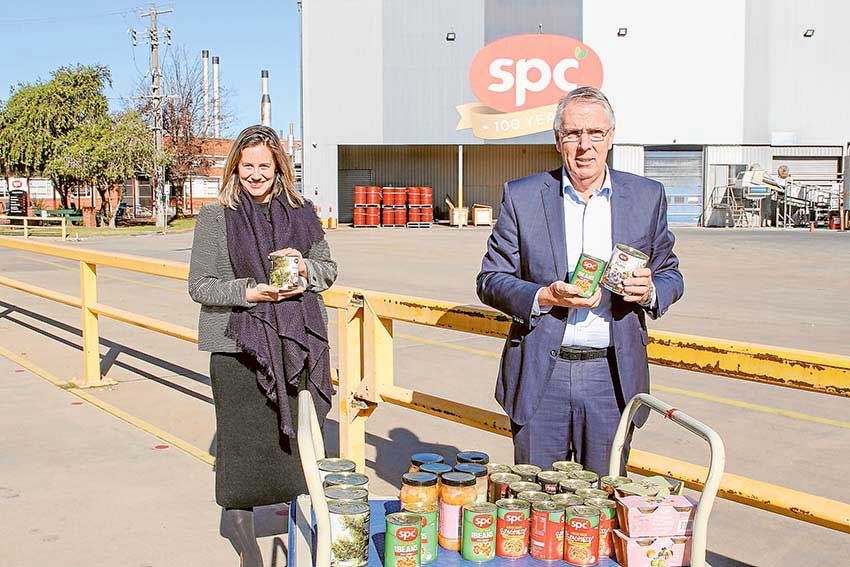

THE pandemic in passing raises a favourable spectre of a resurgence in local manufacturing to overcome the deficiencies that arose globally during the past few months.
Personal protective equipment (PPE) in the form of gowns and masks, ventilators, sanitiser, thermal measuring equipment and the like, all proved to be in short supply. It was not just these critical items that were found wanting, food and domestic supplies suddenly disappeared causing a flurry of stockpiling as if these things might not come back.
So, what of the future? Local Member for Euroa, Steph Ryan along with Victorian Nationals leader, Peter Walsh attended local manufacturing plant, SPC on Thursday to put forward a proposal to the Victorian Government that one billion dollars should be set aside from current borrowings to support and invest in local manufacturing.
Successive governments and even the general public, have unfortunately over the past 30 years or so, forsaken Australian manufacturing in preference for cheaper and perhaps inferior imported products. The difficulty will be, to undo all of that without making substantially more investment than one billion dollars.
With the pandemic having a noticeable short term impact, current national level mutterings between Australia and their largest trade partner, China over an issue that will have little benefit besides a ‘I told you so’, could see a trade disruption that would create a devastating impact on the Australian agricultural industry and in particular, the agricultural industry as it relates to the Goulburn Valley that will dwarf the pandemic impact.
Australian manufacturing has lost its competitive edge in many ways. Labour costs, government regulations, health and safety requirements, even market size are some of the issues Australian manufacturers have. Where Australia could shift that balance is by insisting upon importers proving that goods are produced in facilities that offer equivalent manufacturing and labour conditions as they are here, much like the demands put in place regards child labour for instance.
We have as a nation, to our detriment become reliant on cheap manufactured imports. While the proposal by the Nationals has merit, the biggest hurdle it faces that will make a noticeable impact in convincing the Australian buying public to buy Australian over the cheaper imports.
It is logically an issue their federal counterparts will have a greater hand in resolving. Federal Government Member for Nicholls, Damian Drum said at the onset to the pandemic in the period of rampant hoarding, “This will see the need for a radical change in thinking as to how we go forward.”
How the government adapts to the new landscape and how it manages its diplomatic exercises has yet to be seen. A wrong move will have wide reaching implications for the local economy.





